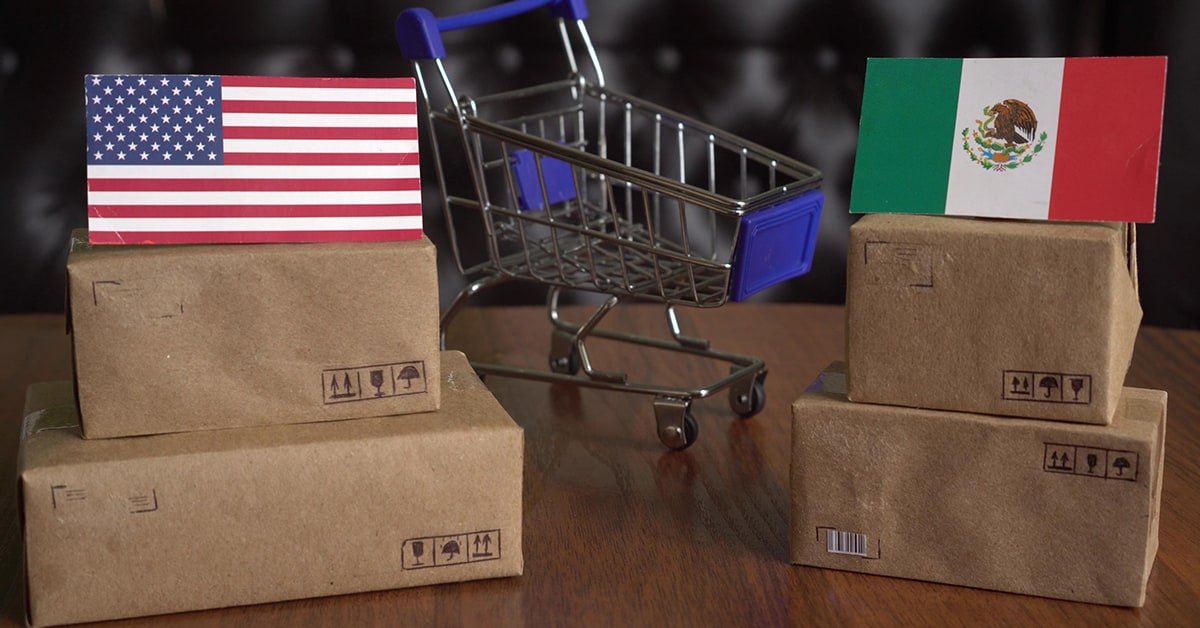Mexico surges ahead of China as America's top trading partner in part due to geopolitical tensions and Covid-related disruptions.

After narrowly lagging behind China in 2022, Mexico officially became the US’s largest trading partner at the start of 2023, according to new US Census Bureau figures.
US-Mexico bilateral trade totaling $124.6 billion in the first two months of the year, the bureau reports, with Mexican imports to the US amounting to $72.7 billion and US exports to Mexico totaled $51.9 billion. That represents a 10% year-over-year rise in traded volumes, propelling Mexico’s share of total US foreign trade to a lofty 15.4%. The milestone comes on the back of a substantial rise in traded energy and semiconductor products as the US seeks alternatives to Russia and Taiwan amid a shifting geopolitical landscape.
“I believe cross-border volumes will be resilient and grow year on year,” says Jordan Dewart, president of logistics operator Redwood Mexico.
Nearshoring is another important part of the equation as more US companies scramble for alternatives to China, with its rising labor costs and supply-chain difficulties, even as the Asian giant reopens its economy after nearly two years of zero-Covid policy.
“With the labor rates in Mexico being competitive versus what there is in China, and minus the transportation costs that you would have crossing the pond versus crossing the border, Mexico is well positioned to capture a lot of that nearshoring opportunity,” says Greg Orr, president of Joplin, Missouri-based truckload carrier CFI.
Another factor driving the trend: politics. The countries have resumed policy discussions and reopened cooperative channels that were neglected during the Trump administration. Not so with China, however. The Biden administration has not removed the tariffs on Chinese goods imposed during the Trump presidency.
But while Mexico-US trade runs hot, so does commerce between Mexico and China. Chinese exports to Mexico rose 28% YoY in 2022, according to the Census Bureau, suggesting that Chinese companies are using the United States-Mexico-Canada Agreement as an end-run around US tariffs on Chinese goods.



